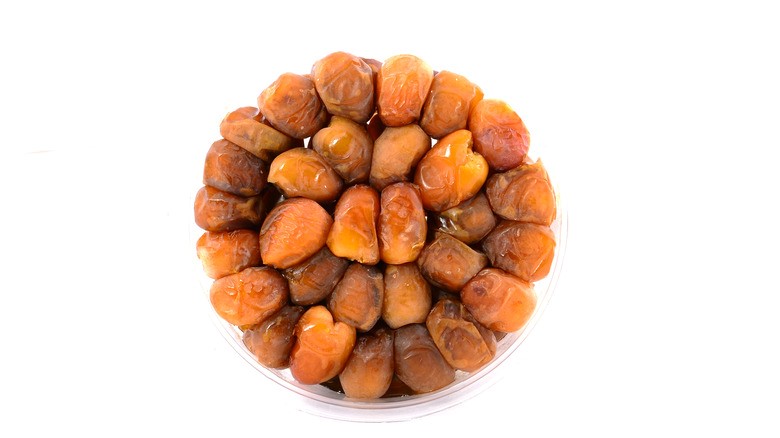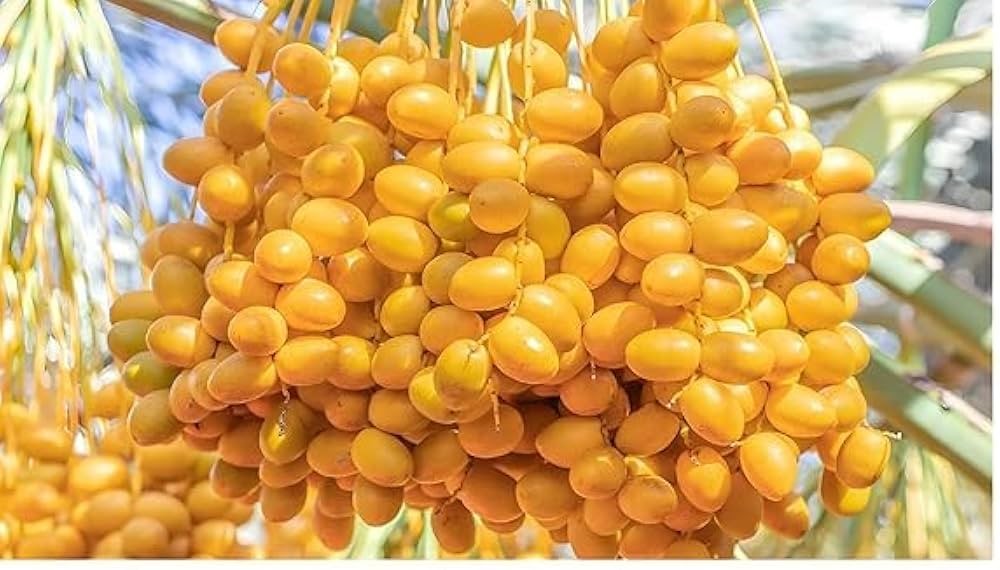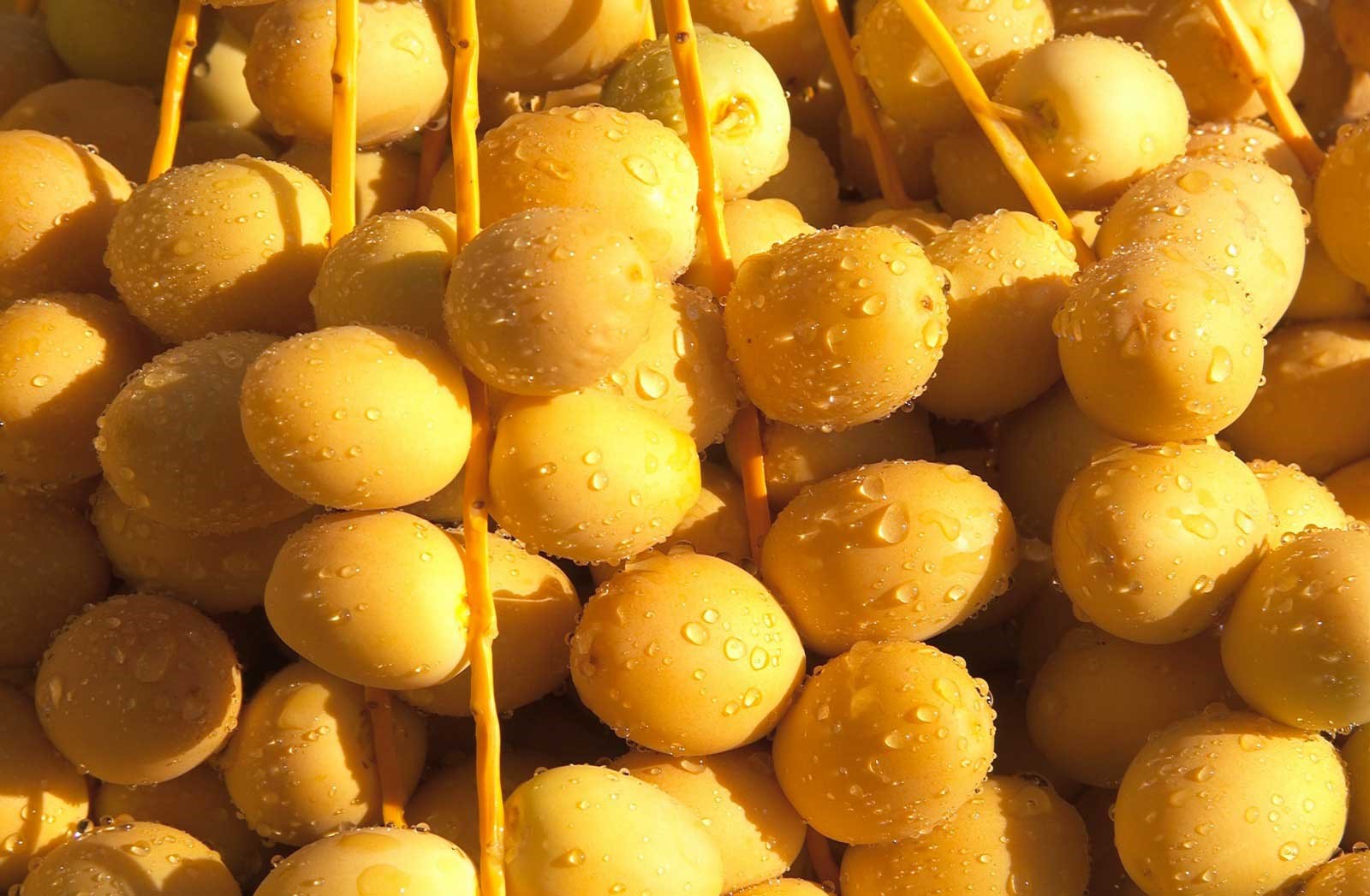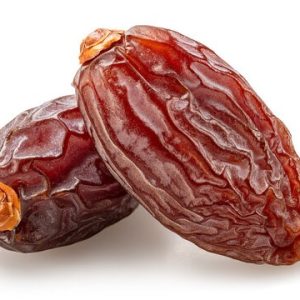Description
Specifications
Product Type
Fresh
English/Common Name
Barhee dates, Phoenix dates, and Khalal Barhi dates.
Botanical Name
Phoenix dactylifera
Origin
Egypt
Overview
Yellow Barhi dates grow in long bunches attached to yellow branches and stems. The dates are small, averaging 2 to 4 centimeters in diameter and 2 to 5 centimeters in length, and have a round to oval appearance with curved, blunt ends. The date’s skin is smooth, taut, and matte, showcasing a golden yellow hue. The surface is generally solid yellow, but some small brown dots may appear, indicating continued ripening. Underneath the surface, the pale-yellow flesh is firm, slightly fibrous, and aqueous with a crunchy, succulent consistency. Yellow Barhi dates have a mild, sweet, and subtly astringent flavor. The dates will vary in taste, depending on the degree of ripeness, and generally bear fruity, coconut-like notes mixed with rich but not cloying nuances of butterscotch, cinnamon, and sugar cane. Yellow Barhi dates will eventually condense and dry if left at room temperature, developing a soft, chewy, and sticky texture. The dates are also edible in these stages and will darken into shades of amber and brown. Yellow Barhi dates are available in the late summer through early fall.
Yellow Barhi dates, botanically classified as Phoenix dactylifera, are the fruits of a date palm belonging to the Arecaceae family. Barhi dates are native to Iraq and are one of the sweetest-known date varieties, containing high sugar content, and are a part of the soft date subgroup. The name Yellow Barhi dates is a descriptor for fresh, crisp, and semi-ripe dates that have not softened into a dried, sticky, creamy consistency. Barhi dates, in general, are a specialty cultivar containing low astringency that can be consumed during all three stages of ripeness. These stages include yellow and semi-ripe, known as khalal, fully ripe or rutab, and dried, wrinkled, and dark brown, known as tamr. Very few commercial varieties can be consumed in their khalal stage, and Yellow Barhi dates are primarily eaten fresh, savored as a seasonal delicacy.
General Benefits
Yellow Barhi dates are a source of fiber to regulate the digestive tract, potassium to balance fluid levels within the body, copper to develop connective tissues, and manganese to assist in regulating blood sugar. The dates also provide vitamin C to strengthen the immune system, iron to produce the protein hemoglobin for oxygen transport through the bloodstream, antioxidants to reduce inflammation and guard the cells against free radical damage, and other nutrients, including zinc, B vitamins, and magnesium.





